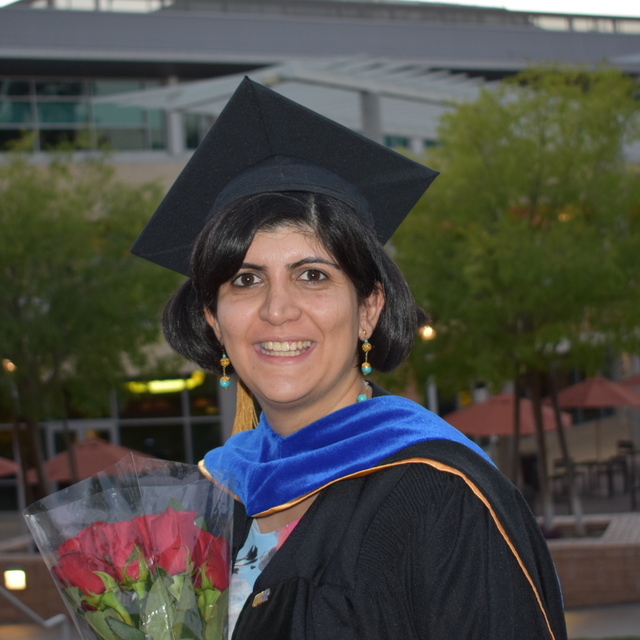December
2019
•
2019ApJ...887..168G
Authors
•
Gburek, Timothy
•
Siana, Brian
•
Alavi, Anahita
•
Emami, Najmeh
•
Richard, Johan
•
Freeman, William R.
•
Stark, Daniel P.
•
Snapp-Kolas, Christopher
•
Lucero, Breanna
Abstract
•
We present Keck/MOSFIRE (Multi-Object Spectrometer for InfraRed Exploration) and Keck/LRIS (Low Resolution Imaging Spectrometer) spectroscopy of A1689-217, a lensed (magnification ∼7.9), star-forming (SFR ∼ 16 M ⊙ yr-1), dwarf (log(M */M ⊙) = 8.07-8.59) Lyα emitter (EW0 ∼ 138 Å) at z = 2.5918. Dwarf galaxies similar to A1689-217 are common at high redshift and likely responsible for reionization, yet few have been studied with detailed spectroscopy. We report a 4.2σ detection of the electron-temperature-sensitive [O III] λ4363 emission line and use this line to directly measure an oxygen abundance of 12 + log(O/H) = 8.06 ± 0.12 (∼1/4 Z ⊙). A1689-217 is the lowest-mass galaxy at z > 2 with an [O III] λ4363 detection. Using the rest-optical emission lines, we measure A1689-217’s other nebular conditions, including electron temperature (T e ([O III]) ∼ 14,000 K), electron density (n e ∼ 220 cm-3), and reddening (E(B-V) ∼ 0.39). We study relations between strong-line ratios and direct metallicities with A1689-217 and other galaxies with [O III] λ4363 detections at z ∼ 0-3.1, showing that the locally calibrated, oxygen-based, strong-line relations are consistent from z ∼ 0 to 3.1. We also show additional evidence that the O32 versus R23 excitation diagram can be utilized as a redshift-invariant, direct-metallicity-based, oxygen abundance diagnostic out to z ∼ 3.1. From this excitation diagram and the strong-line ratio-metallicity plots, we observe that the ionization parameter at fixed O/H is consistent with no redshift evolution. Although A1689-217 is metal-rich for its M * and star formation rate, we find it to be consistent within the large scatter of the low-mass end of the fundamental metallicity relation.
The data presented herein were obtained at the W. M. Keck Observatory, which is operated as a scientific partnership among the California Institute of Technology, the University of California, and the National Aeronautics and Space Administration. The Observatory was made possible by the generous financial support of the W. M. Keck Foundation. Based on observations made with the NASA/ESA Hubble Space Telescope, obtained from the Data Archive at the Space Telescope Science Institute, which is operated by the Association of Universities for Research in Astronomy, Inc., under NASA contract NAS5-26555. These observations are associated with programs #9289, #11710, #11802, #12201, #12931.
Links




